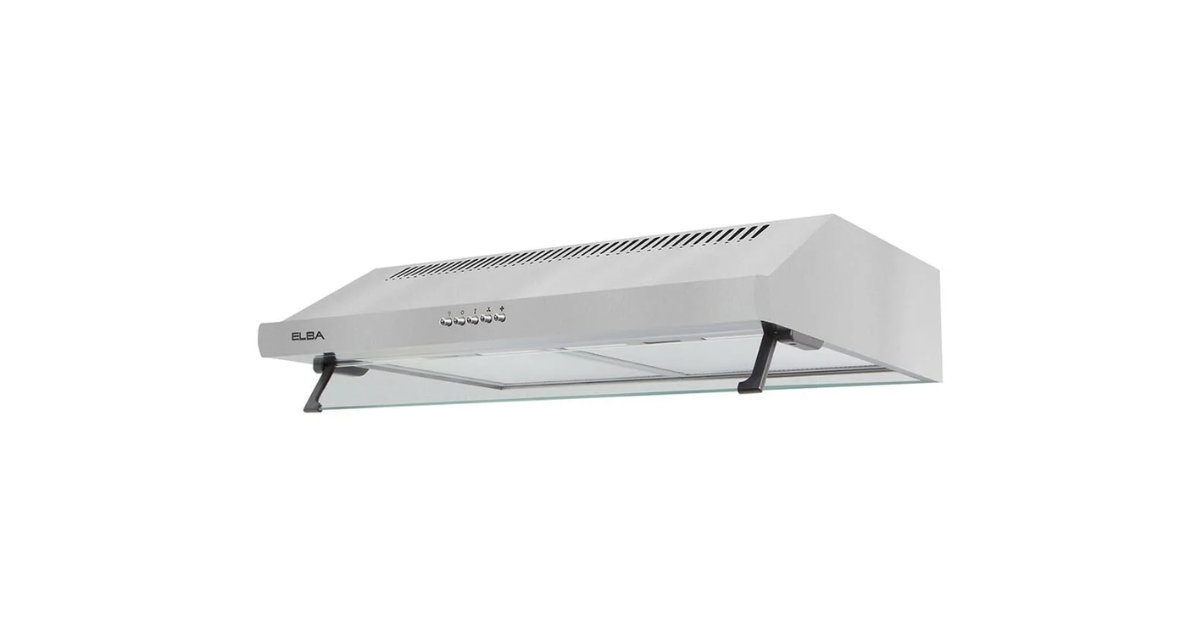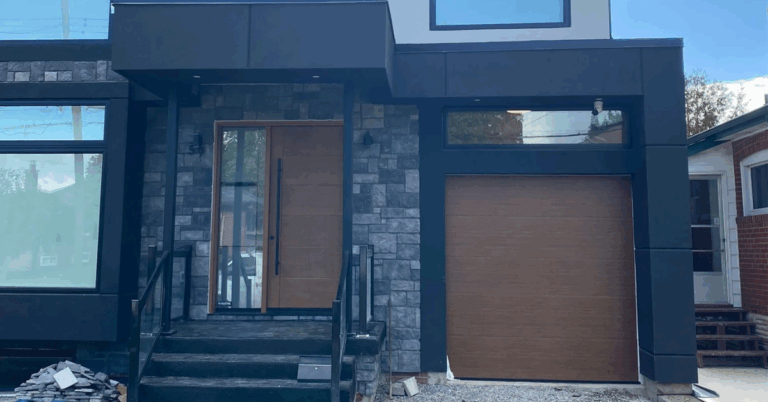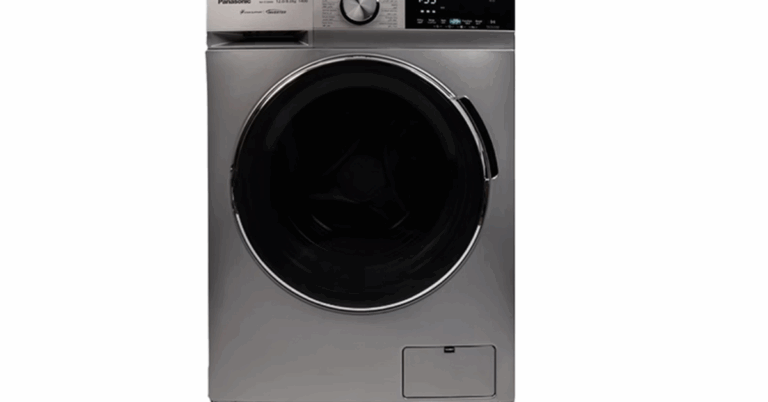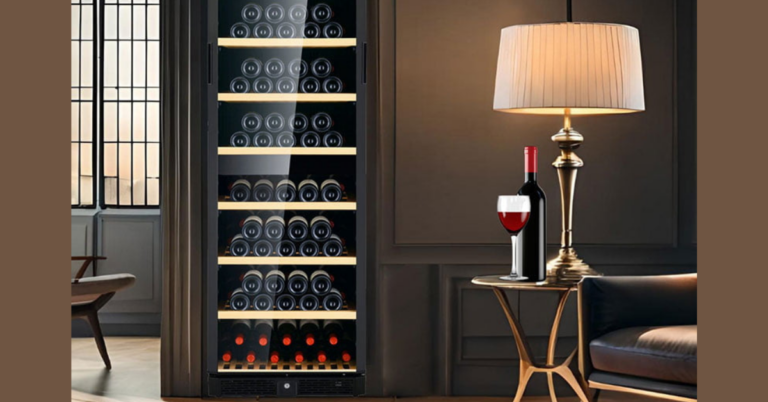Choosing the Perfect Cooker Hood Singapore: A Complete Buyer’s Guide
In every modern kitchen, a reliable extraction system is nearly as essential as your stovetop and when it comes to this, a Cooker Hood Singapore is key. Whether you’re frying, stir-frying, steaming, or simmering, the right cooker hood helps remove lingering smoke, grease and cooking odors, keeping your kitchen fresh and your air quality healthy. In Singapore’s compact residences from HDB flats and condos to landed homes choosing the appropriate cooker hood involves a balance between design, performance, and space constraints. In this article, we explore everything you need to know: types, technical considerations, installation tips, maintenance, trends, and recommendations for the Singapore market.
1. Why a Cooker Hood Is Crucial for Singapore Kitchens
Singapore homes typically have limited ventilation and tighter kitchen layouts. Without a cooker hood, cooking fumes, oil particles and odours can linger in adjacent rooms, cling to walls or cupboards, and degrade indoor air quality. A good cooker hood actively captures and filters these emissions, preventing smells from permeating your living space.
Beyond comfort and air hygiene, cooker hoods also protect surfaces — reducing grease deposits on cabinets, tiles, and ceiling surfaces — and improve the longevity of paint, materials, and appliances. Moreover, in Singapore’s humid climate, removing excess moisture and particulates supports a more pleasant environment while cooking.
2. Types of Cooker Hoods for Singapore Homes
There is no one-size-fits-all solution; the ideal hood depends on your kitchen layout, ceiling height, and cooking habits. Below are the common types found in Singapore:
2.1 Slimline / Under-cabinet Hoods
Slimline hoods are compact units mounted under wall cabinets or directly above the stove. They are especially suited to HDB or condo kitchens, where space is at a premium. They provide efficient extraction for everyday cooking and are among the more affordable options.
2.2 Chimney / Wall-mounted Hoods
These are more robust units mounted on the wall, often sloping or straight chimney styles. They can handle heavier cooking (wok frying, grilling) and are often paired with ductwork to channel air outside.
2.3 Semi-integrated / Concealed Hoods
These models are partially hidden within cabinetry, with only the useful parts (controls, vent openings) exposed. They balance aesthetics with functionality.
2.4 Telescopic / Retractable Hoods
These units slide out when in use and retract when not. They save visual space and are suitable for minimalistic kitchens.
2.5 Recirculating (Non-duct) vs Ducted Hoods
-
Ducted hoods expel air out through external vents, offering stronger removal of odours and heat.
-
Recirculating hoods filter the air through charcoal or activated carbon and return it indoors. These are useful when external venting isn’t feasible (common in some apartment settings).
Each has pros and cons: ducted systems usually perform better, but may require more complex installation or may not always be allowed in some housing types. Recirculating systems are easier to install but demand frequent filter replacement.
3. Key Technical Specifications to Compare
When shopping for a cooker hood Singapore model, be sure to compare these technical features:
3.1 Suction / Airflow Capacity
Measured typically in cubic metres per hour (m³/h), this parameter indicates how much volume the hood can extract. For Singapore kitchens, look for models in the range of 1,000 to 1,600 m³/h for effective grease and smoke removal.
3.2 Noise Level
A quieter hood improves the cooking experience. Many modern units maintain < 65 dB, sometimes even < 55 dB on lower settings.
3.3 Filtration & Oil Capture
-
Mesh filters (aluminium or stainless steel) trap grease and are often washable.
-
Baffle filters channel air through curved plates and are more effective for heavy cooking.
-
Charcoal / carbon filters are needed in recirculating systems to neutralise odours but must be replaced periodically.
-
Some advanced models include oil-separation panels or special coating to reduce grime adhesion.
3.4 Control Modes & Features
Modern hoods may include touch panels, motion or gesture sensors, LED lighting, auto-clean or self-wash modes, filter change indicators, boost / intensive extraction modes, and timer settings.
3.5 Size & Width
The hood should ideally cover the full width of your cooking zone or slightly exceed it. Common sizes include 60 cm, 80/85 cm, 90 cm, or 100 cm, depending on stove dimensions.
3.6 Height / Distance from Hob
Mounting height is critical: For gas cookers, the ideal distance between hob and hood is often 750 mm to 850 mm. For more extravagant or designer hoods, you may go lower (≈ 450 mm) if allowed by design and safety guidelines.
4. Installation Tips & Layout Considerations
4.1 Ventilation Ducting & Paths
If using a ducted system, plan the shortest, straightest route for ducting to an external wall or rooftop. Bends and long ducts reduce suction efficiency.
4.2 Vent Orientation
Hoods can vent upwards, sideways, or rearwards. Choose based on your kitchen wall layout and where the exit point can be located.
4.3 Power / Electrical Supply
Ensure that the hood is wired to a dedicated circuit and that wiring, circuit breaker, and safety measures conform to local electrical codes.
4.4 Structural Support
Especially for chimney or designer hoods, ensure your wall or cabinet structure can support the weight. Use appropriate anchors.
4.5 Installation Height Adjustment
If you cook heavily (wok, grilling), you might want your hood slightly lower (within safety limits) for better capture; for light cooking, a bit higher may improve coverage and aesthetics.
5. Maintenance & Cleaning Best Practices
A powerful hood loses efficiency if clogged. Here’s how to keep it in good shape:
-
Clean washable filters every 1–2 weeks (depending on usage).
-
Replace charcoal/activated carbon filters (in recirculating systems) every 3–6 months (or as indicated).
-
Wipe down surfaces and interior regularly to prevent grease buildup.
-
Inspect and clean ducts/vent paths annually to avoid blockage or fire hazards.
-
Use auto-clean or self-wash features if your model supports them to prolong life.
Good maintenance ensures consistent performance and helps your hood last many years.
6. Trends & Innovations in the Singapore Market
6.1 Smart & Sensor-enabled Hoods
Some newer models incorporate sensors that detect smoke or heat levels and adjust extraction power automatically. This adds convenience for everyday cooking.
6.2 Hybrid / Mixed Mode Hoods
These combine ducted and recirculating modes, offering flexibility depending on installation constraints.
6.3 Enhanced Oil / Fume Separation Technology
Advanced designs include rectifier panels or clever aerodynamics to channel oil away and reduce accumulation on internal components.
6.4 Sleeker Aesthetics
Designer hoods that serve as visual centrepieces—using glass, curved panels, or minimalist lines—are growing in popularity.
6.5 Emphasis on Low Noise & Energy Efficiency
Manufacturers are increasingly focusing on quieter motors and more efficient airflow to improve usability without compromising strength.
7. Choosing Based on Cooking Habits & Kitchen Type
Your ideal hood depends a lot on how and how much you cook:
-
For light everyday cooking / steaming / simmering, a slimline or semi-integrated model with modest suction may suffice.
-
If you do heavy wok cooking, deep-frying, grilling, invest in a chimney or high-suction model with robust filters.
-
For compact kitchens or limited venting options, go for high-performance recirculating models with quality carbon filters.
-
If aesthetic is important, lean toward designer or concealed hoods, ensuring they don’t compromise performance.
Also, factor in maintenance willingness: if you dislike cleaning, opt for easy-to-clean filters, self-wash features, and designs that minimise grease traps.
8. Buying & Pricing Insights in Singapore
In Singapore, cooker hoods are available from kitchen appliance specialists, big appliance retailers, and home-improvement stores. The price range varies widely based on brand, suction power, features, and design. While you can find affordable basic models, high-end designer units with smart controls, auto-clean, and premium materials cost significantly more.
If you’re buying in bulk (e.g. for a new kitchen or project), negotiate warranties, delivery, and installation. Often, the installation cost is a non-negligible component, especially for ducting or significant structural work.
9. Example Use Cases & Scenarios
-
Small HDB kitchen in a flat: A 60 cm slimline under-cabinet hood with decent suction (~1,000 m³/h), recirculating mode and easy-clean filters is often sufficient.
-
Condo kitchen with wall space available: A chimney hood with ducting to an external wall provides stronger performance.
-
Designer open-concept kitchen: Choose an elegant glass/curved designer hood with sensors and smart features, mounted to cover cooking area without dominating visual space.
-
Heavy wok/grill cook: A hood with high suction (1,500 m³/h+), baffle filters, robust ducting, and proximity to hob will perform best.
10. Summary & Recommendation
Selecting the ideal cooker hood Singapore involves balancing space constraints, cooking style, ventilation feasibility, and aesthetics. Start by assessing your kitchen layout, whether ducting is possible, and how intensively you cook. Then, compare suction performance, filter design, noise levels, and maintenance demands. Don’t compromise on basic removal capacity — a poorly chosen hood will sleep on the job and leave your home smoky or greasy.
Whether you go for a discreet slimline model, a bold designer statement piece, or a powerful chimney unit, prioritize reliable ventilation and ease of upkeep. With the right choice, your kitchen will stay fresher, cleaner, and more enjoyable for every meal.







